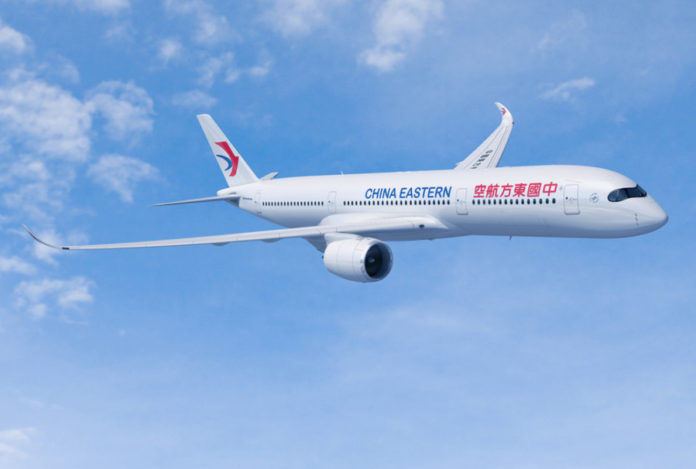

In the next 20 years (2016-2035) there will be a need for over 33,000 new aircraft above 100 seats (32,425 passenger & 645 freighters greater than 10 tonnes) worth $5.2 trillion, according to Airbus’ Global Market Forecast.
Released at the Farnborough International Airshow today, Airbus forecasts in the widebody market a trend towards higher capacity aircraft and estimates a requirement for over 9,500 widebody passenger and freighter aircraft over the next 20 years, valued at around $2.8 trillion.
This represents 29 per cent of all new aircraft deliveries and 54 per cent by value. Most widebody deliveries (46 per cent) will be in the Asia Pacific region and include the A330, A330neo, A350 XWB and the A380.
In the single aisle market, which include the A320 Family and the latest generation A320neo Family, Airbus forecasts a need for over 23,500 new aircraft worth $2.4 trillion. This represents 71 per cent of all new units. Asia Pacific will take 39 per cent of these deliveries.
The French aircraft manufacturer says by 2035, the world’s aircraft fleet will have doubled from today’s 19,500 aircraft to almost 40,000, while some 13,000 passenger and freighter aircraft will be replaced with more fuel efficient types.
Airbus says urbanisation and increased wealth in emerging economies particularly in Asia is powering air traffic growth. With a combined population of over six billion people, these economies will grow at 5.6 per cent per year and the propensity to travel will triple to 75 per cent of its population.
It predicts within 10 years China’s domestic air traffic will become the world’s largest. In economies like Western Europe or North America, air traffic growth will be 3.7 per cent.
Whilst GDP remains a key driver in traffic growth, Airbus sees private consumption (a component of GDP) becoming a more significant economic variable on some important flows including domestic China and domestic India. Middle classes in emerging markets will double to 3.5 billion people by 2035.
Globally, by 2035, Airbus says 62 per cent of world population will be city dwellers and the number of aviation mega cities will rise from 55 to 93 by 2035. These centres of wealth creation many 47 of which are already schedule constrained airports will account for 35 per cent of world GDP. In 20 years the number of daily long haul passengers travelling to, from, or via aviation mega cities, will more than double to 2.5 million.
Airbus chief operating officer for customers, John Leahy says: “While established European and North American markets continue to grow, Asia-Pacific is the engine powering growth in the next 20 years. China will soon be the world’s biggest aviation market and together with emerging economies, further population concentration, and wealth creation, together these will help to fuel strong air traffic growth.
“We are ramping up production to meet market demand for our leading aircraft products and we will also ramp up our customer service offerings to meet the increasing demands of air transportation.”









